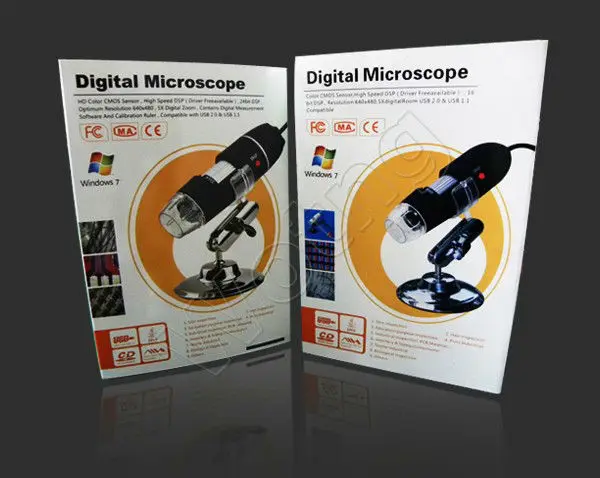
- COOLING TECH DIGITAL MICROSCOPE DOWNLOAD SOFTWARE DOWNLOAD
- COOLING TECH DIGITAL MICROSCOPE DOWNLOAD DRIVERS
- COOLING TECH DIGITAL MICROSCOPE DOWNLOAD FREE
COOLING TECH DIGITAL MICROSCOPE DOWNLOAD SOFTWARE DOWNLOAD
First is iron carbonate – which crystallizes out from carbon-dioxide rich water at about 150 Centigrade (super heated), followed by clay-like minerals that form as the water cools down to about 50 Centigrade. Cooling Tech Microscope 500x Software Download Rating: 8,3/10 7913 votes Thank you for Purchasing our CS02-500 Digital Microscope, it is a slim type tool and can be easily used in different fields including: 1. What they find is clear evidence for a progression of minerals deposited in the rock veins that could only occur in the presence of hot liquid water. For Windows or Mac computers that do not have a direct connection to the Internet, download the installation file to a local network folder, USB stick, or other. Publishing in the December issue of Earth and Planetary Sciences Letters, the authors Bridges and Schwenzer present an investigation of the mineralogical structures in one of the nakhlite rocks using electron microscopy. Digital Viewer App is compatible with general purpose Mac microscope software from Plugable Technologies company.
COOLING TECH DIGITAL MICROSCOPE DOWNLOAD DRIVERS
ProScope compatible software for Mac, Windows, Chrome, Android, and iOS are available see download options below for specific models. Unfortunately the drivers included with the device will only work up to Windows 7 or possibly 8.
COOLING TECH DIGITAL MICROSCOPE DOWNLOAD FREE
Studying the detailed structure and chemical ‘veins’ in these meteorites provides a unique probe of the conditions in which they once existed on Mars. Free ProScope software downloads and Optional Measurement Software with downloadable demos. 3 Apparatus and Method for Producing Specimens for Electron Microscopy.


The ‘nakhlites’ are a class of igneous rock (frozen magma) that formed on Mars about 1.3 billion years ago, were blasted from the surface in a giant impact event about 11 million years ago, and have been falling onto the Earth during in the past 10,000 years (including in 1911.)īased on the ages at which these rocks crystallized and the chronology of martian craters we can even place their origin somewhere on the volcanic plains of northern Mars, either Tharsis or Syrtis Major.


 0 kommentar(er)
0 kommentar(er)
